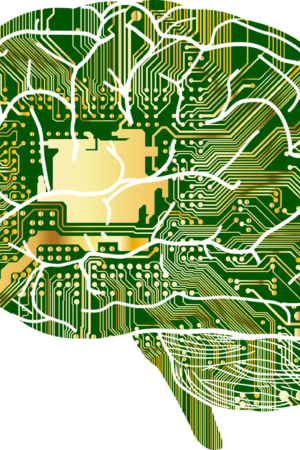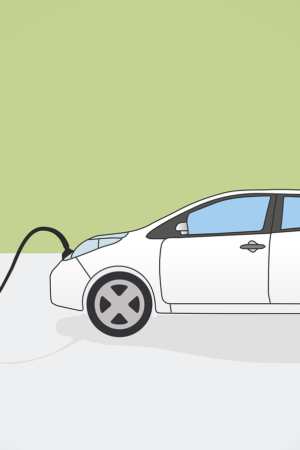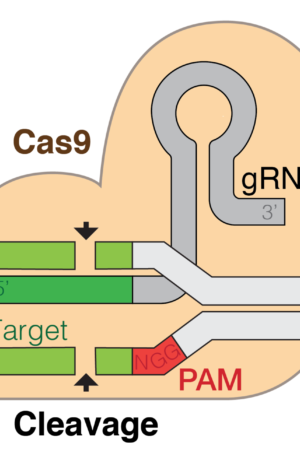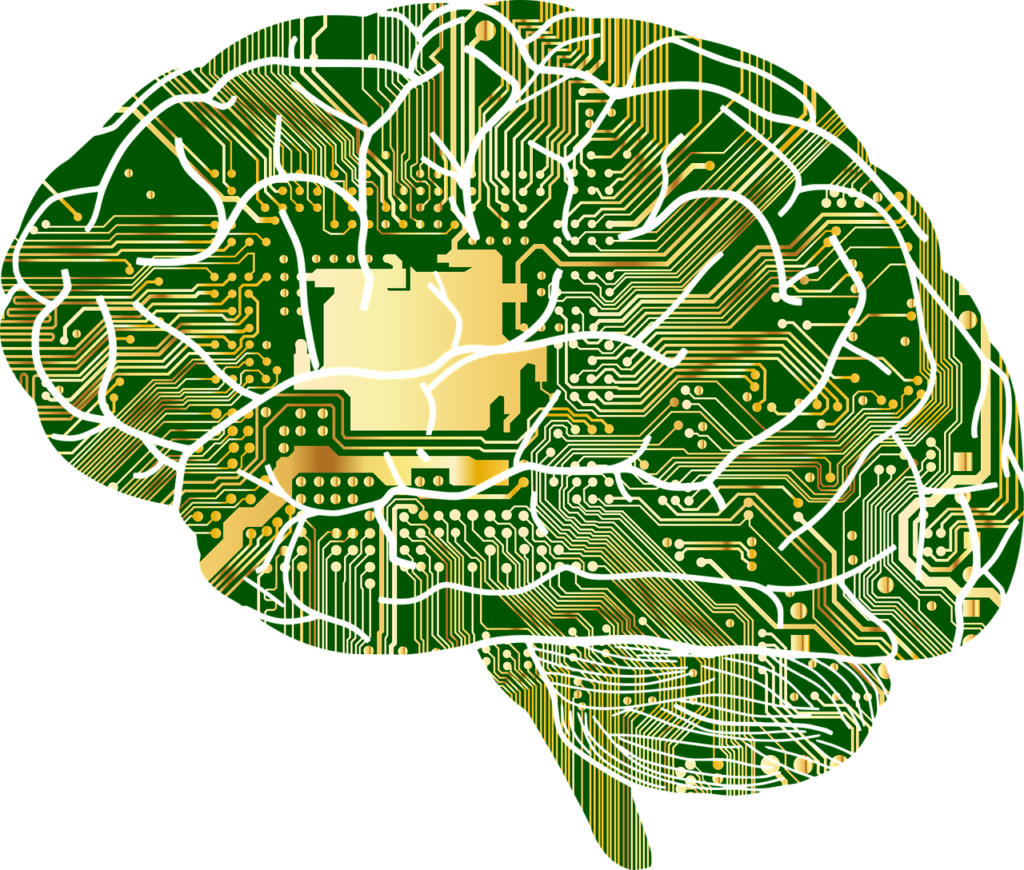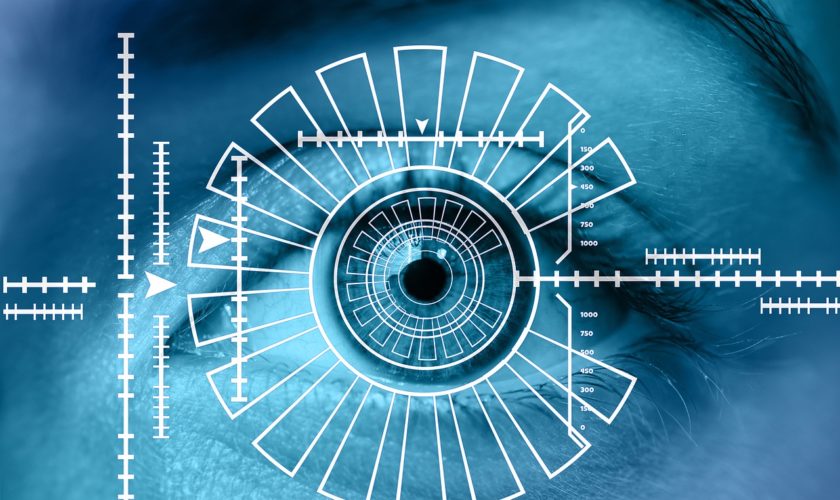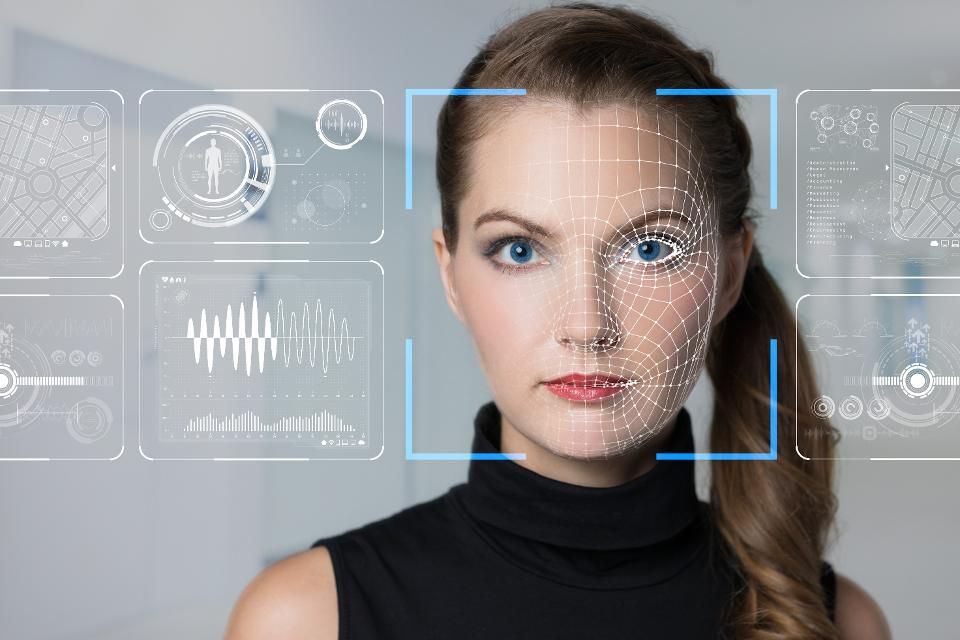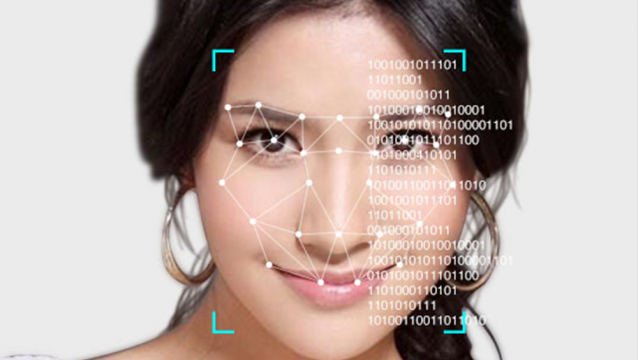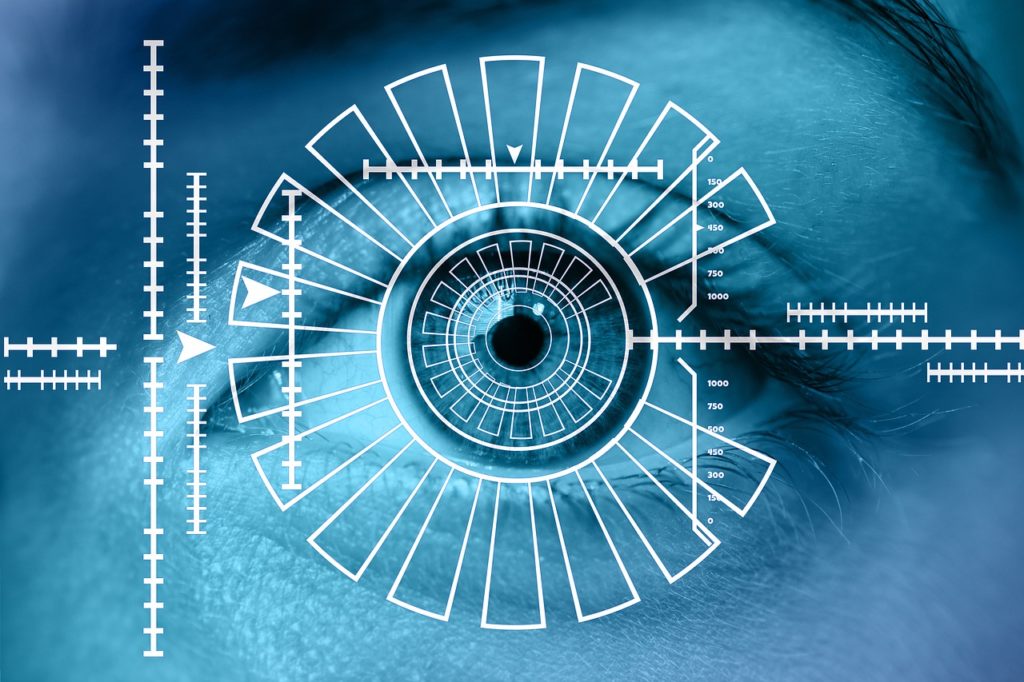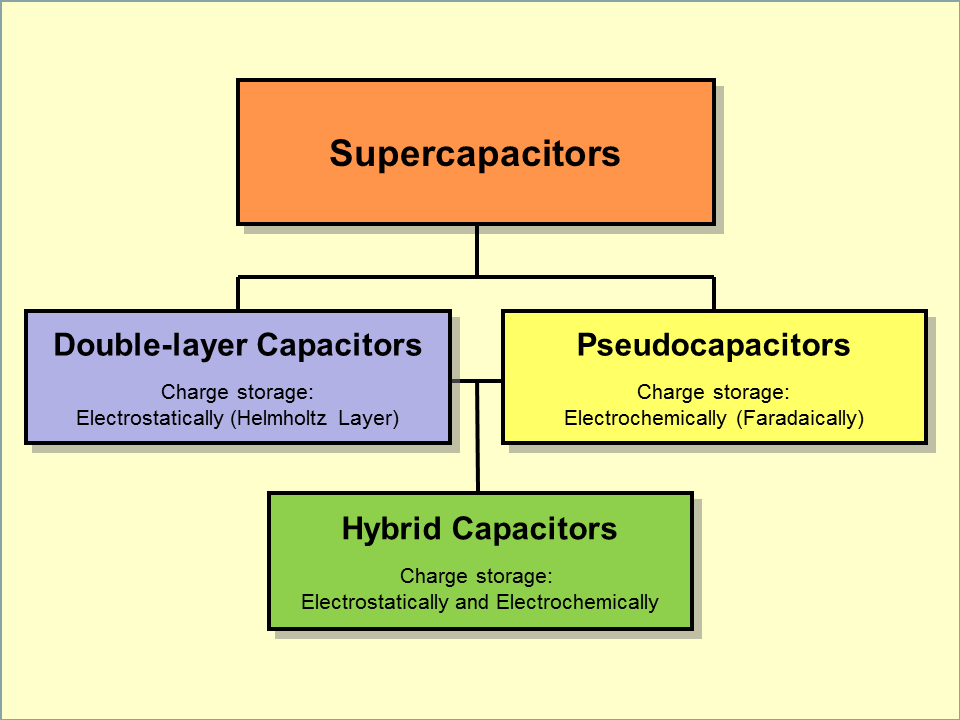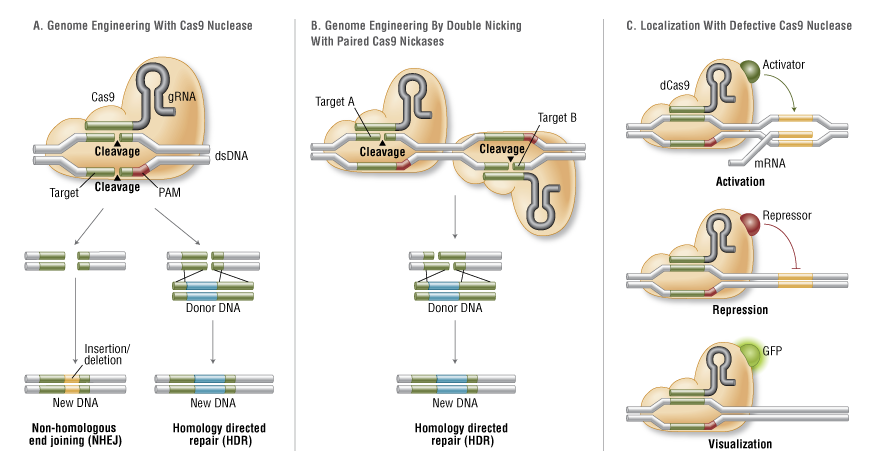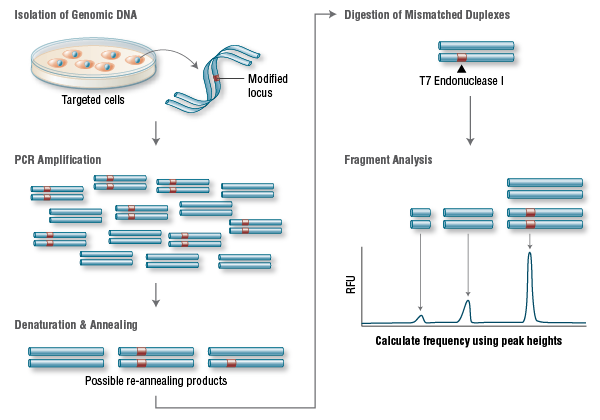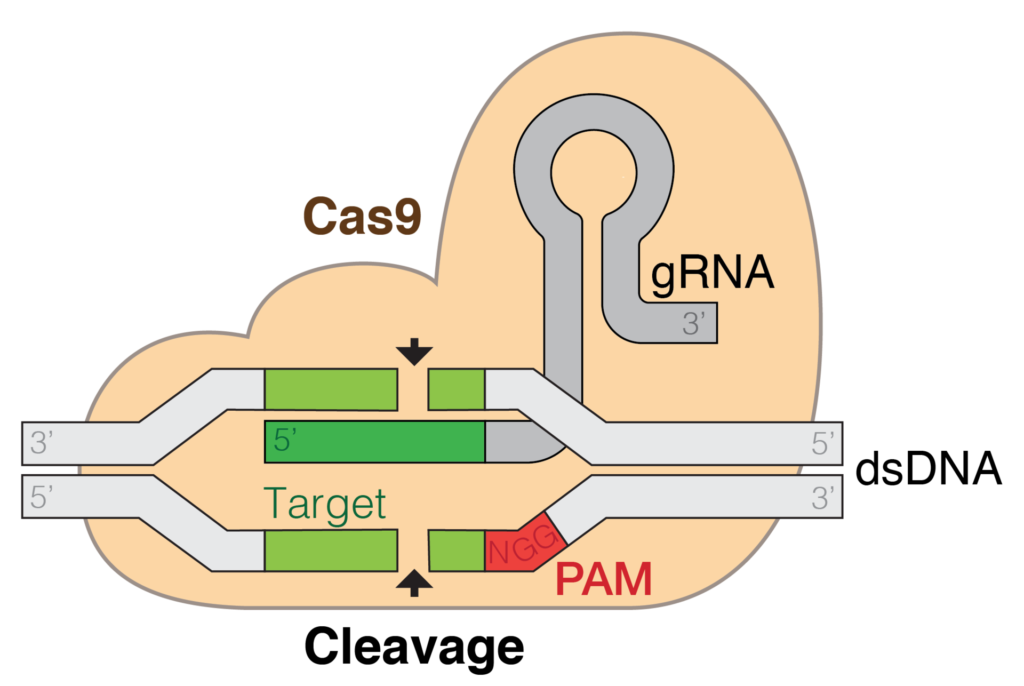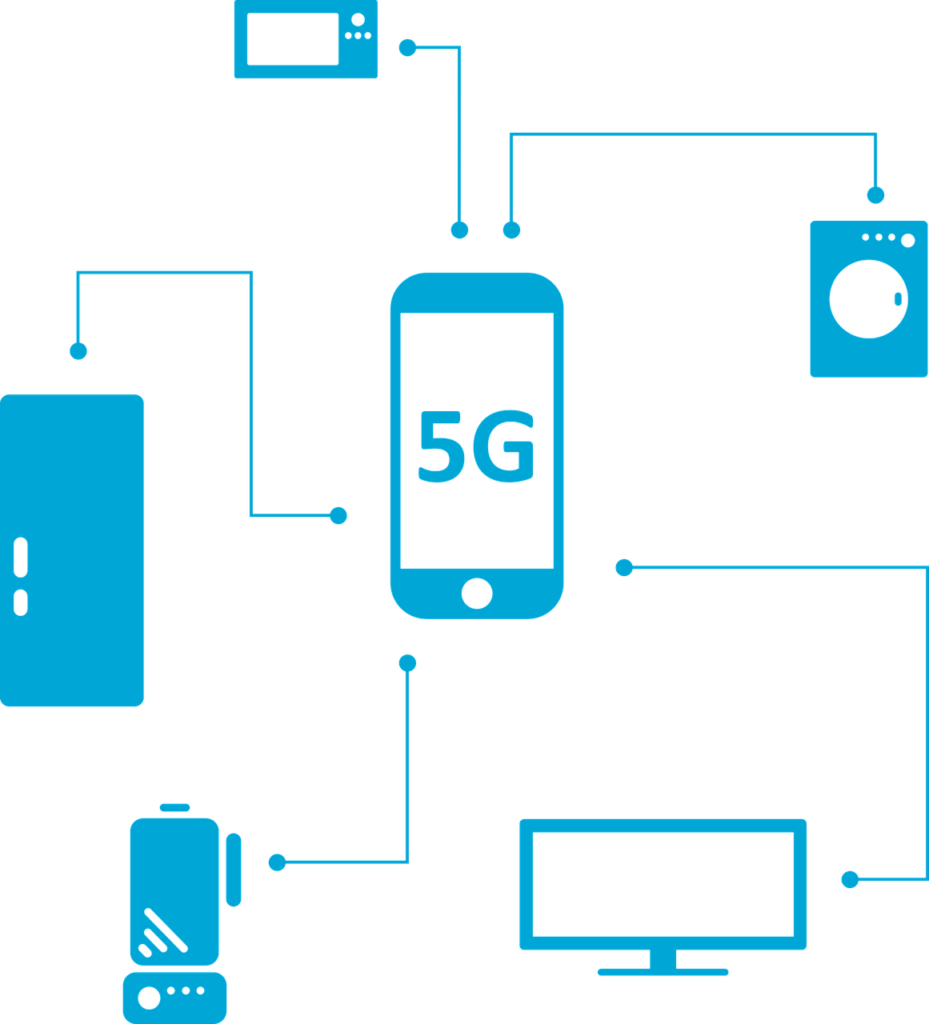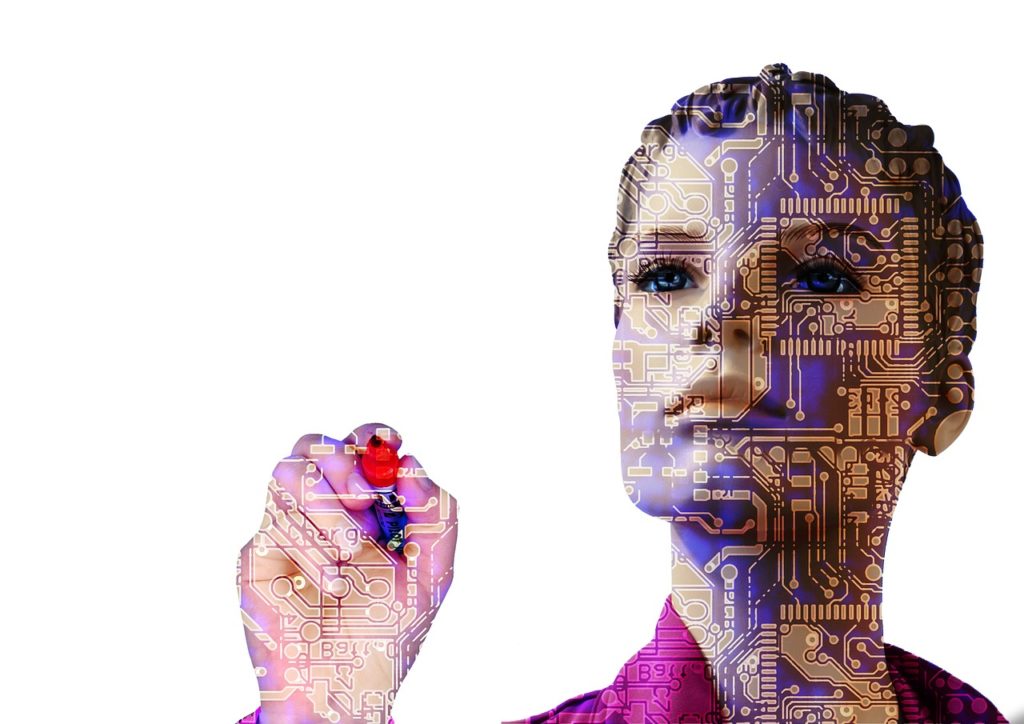Many people wonder what equipment is essential to start their own video production company. Part of this is because there constantly seems to be new, shiny equipment and fads on the market. Even so, if you want to run a successful video production company like www.ajkellyproductions.com, there’s some gear you’ll need. Here are some recommendations of the equipment you’ll need for the various types of video production gigs.
You won’t need a lot of gear to get started. However, there are some essentials that you should have. You can always buy more equipment when you need it. Of course, renting equipment is also a great option, because it allows you to test out new gear before deciding to pay the full price for it.
A Camera
If possible, you should go with a full-frame camera. This will help you avoid the question of how full-frame will affect your crop-frame lenses in the future. The best camera for this is the Canon 5D Mark II or its newer brother, the Canon Mark III. However, Nikon and other brands also offer good options.
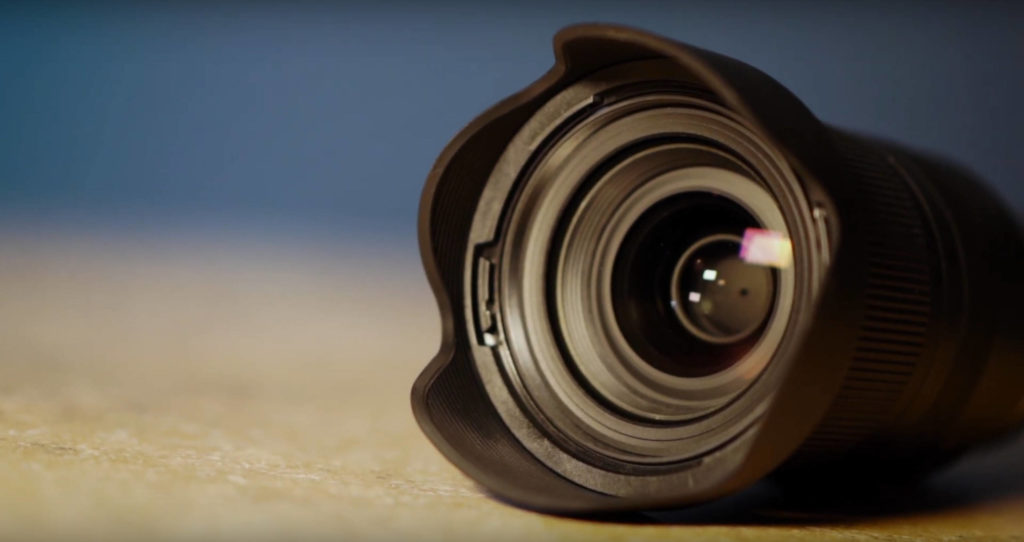
Lenses
You need to consider what type of shots you want to capture. This will affect your decision as to which lens will work the best for you. Some of your options here include:
- A walkaround lens that’s great for shooting most situations would be the Canon 24-70mm 2.8.
- For close-up shots that don’t have the blown-out depth that makes people look like elves, choose the inexpensive Canon 50mm 1.8.
- When you need to shoot longer range stuff, it’s a good idea to put a little extra money into getting a lens with stabilization. For this you’ll want the Canon 70-200mm 2.8.
Stabilization
While you may be like the many other amateur videographers who think it’s cool to shoot with a handheld camera, to get a real professional video you need to use a stabilizer or tripod. The Manfrotto MT190X3 is one of the best on the market today. You’ll also need numerous fluid heads to go with your tripod, but if you’re just getting started, chopping and changing the same one is an option.
You may also want to eventually invest in some sliders as well. Prices have noticeably decreased on these lately. Nonetheless, this is an awesome equipment although nonessential. The best on the market are the Konova brand, especially the Konova K3 slider kit.

Computers and Storage
One of the biggest disagreements amongst videographers comes when discussing computers, because there’s always the debate as to whether you should go with a PC or a Mac. If you’re going to go with a Mac, the MacBook Pro is a great option. Make sure to get as much RAM as possible and the largest screen size you can afford. These factors are both vital to good video editing. Eventually you may want to get an iMac with a 27-inch screen though.
A great MacBook Pro alternative is the Microsoft Surface Studio 2. It has a Kaby Lake mobile processor and Nvidia Pascal graphics – making it quite a powerful and great PC for video editing. It comes with a great PixelSense display that supports a Surface Pen that’ll give you an entirely new way to interact while editing video. Software support is also great since it runs Windows 10 and the 2TB SSD will give you lots of room for storing video footage.
Regardless of what computer you choose to go with, you’re bound to need some additional storage. For your money, the LaCie Rugged and the Transcended Military tested hard drives are best. If you’re looking for a larger storage solution that you’re not going to be moving around with you, check out the G-Tech drive.
Memory Cards
Your camera of choice will need a high-quality memory card. If you buy the Canon 5D Mark II you should look at Compact Flash cards. Both the SanDisk Extreme and the Ultra ranges come highly recommended. Of course, these are just a few of the many choices you’ll have available to choose from. Regardless of what brand you choose, there are a few things that you should always remember:
- Never buy a cheap card simply because you think you’re getting better value for your money. You don’t want to be cheap here, because you need a reliable card, not one that’s going to become easily corrupted.
- You don’t want a memory card that’s more than 32GB capacity. Because when you put too much footage on one card and don’t upload it to your hard drive you’re just asking for trouble. Remember, the chance of losing your video or it becoming corrupted is an ever-present reality. It’s important for you to take steps to guard against such issues. During most shoots you’ll typically have some downtime to use for backing up your footage to a hard drive. Make sure you make good use of such time.
Sound
Unfortunately, most people undervalue sound, but it’s one of the most important elements of your film. While people will still put up with the occasional grainy footage, hearing terrible audio is akin to someone scratching their nails down the chalkboard. Since you don’t want to put your audience through this, you should get a RODE video mic to put on top of your DSLR. This will make it easy for you to record sound as you travel around an event. While it won’t always guarantee you high quality sound, it will get you some decent background hubbub sound.

Lighting
A basic SDLR attachment LED light for your camera is great for the entry level videographer. One of the best bargains for this type of lighting is the Neewer 160 dimmable LED light. However, if you want something that’s a bit more advanced you should go with the Neewer 2x 160 Dimmable Ultra High-Power Panel Digital Camera / Camcorder Video Kit. This is a great kit that comes with the lights, lighting stands and a soft box. Both setups will help with your image quality, especially in low light situations. Regardless of what you choose here, make sure it’s easy to use and efficient while giving you high quality.
Hopefully this information about video production equipment is helpful. This should include all the essential equipment you’ll need to get you started as a videographer.

